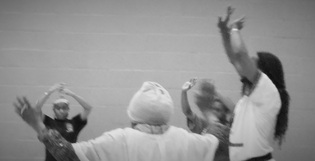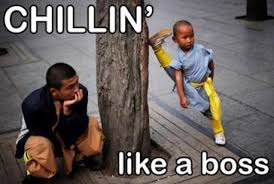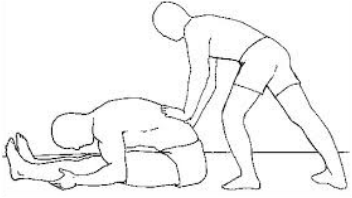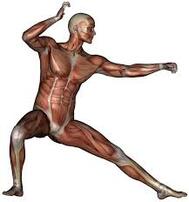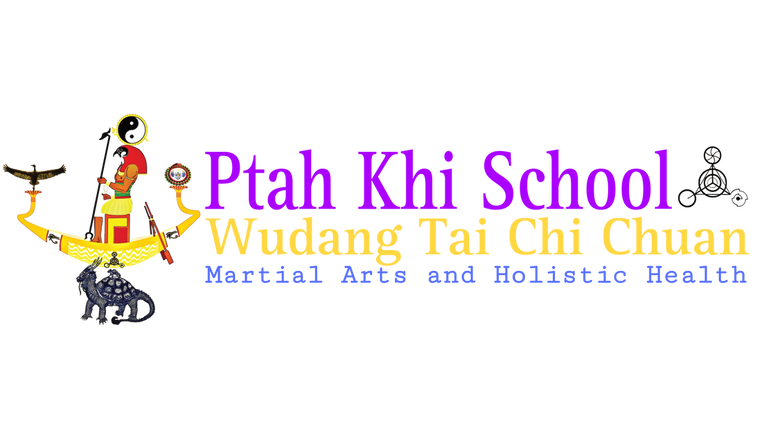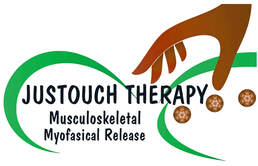Stretching
During everyday life such as sitting at a desk for 20mins or carrying shopping for 10mins even watch television for 30min but especially after a training session, lactic acid builds up in your muscles. This often leads to muscle soreness and fatigue. Stretching after class helps to reduce muscle fatigue as the muscles are warm due to increased blood circulation. Stretching will help your muscles to recover faster from a tough workout. Muscle soreness is one of the reasons that many people skip exercising. When you stretch, the likelihood is much higher that you will proceed with your next workout and prevent future injury.
Chi gong stretching
|
The CHI GONG stretching practiced during class allow the chance for your mind to tune into how your body is feeling. You breathe through these stretches and pay attention to any aches and pains in your body as this is associated with stagnate chi (vital life energy). The mind-body connection is important for relaxation and stress relief. This form of stretching calm the nerves and relax the mind connecting you with your inner self and outer world bringing balance thus peace and harmony.
|
So CHI GONG stretching is active stretching this means you’re stretching a muscle by actively contracting the muscle in opposition to the one you’re stretching. You do not use your body weight, a strap, leverage, gravity, another person, or a stretching device. With active stretching, you relax the muscle you’re trying to stretch and rely on the opposing muscle to initiate the stretch. Active stretching can be challenging because of the muscular force required to generate the stretch but is generally considered lower risk because you are controlling the stretch force with your own strength rather than an external force.
Static stretching
|
Static stretching means a stretch is held in a challenging but comfortable position for a period of time, usually somewhere between 10 to 30 seconds. Static stretching is the most common form of stretching found in general fitness and is considered safe and effective for improving overall flexibility. However, many experts consider static stretching much less beneficial than dynamic stretching for improving range of motion for functional movement, including sports and activities for daily living.
|
Passive stretching
|
Passive stretching means you’re using some sort of outside assistance to help you achieve a stretch. This assistance could be your body weight, a strap, leverage, gravity, another person, or a stretching device. With passive stretching, you relax the muscle you’re trying to stretch and rely on the external force to hold you in place. You don’t usually have to work very hard to do a passive stretch, but there is always the risk that the external force will be stronger than you are flexible, which could cause injury.
|
Dynamic stretching
|
Dynamic stretching means a stretch is performed by moving through a challenging but comfortable range of motion repeatedly, usually 10 to 12 times. Although dynamic stretching requires more thoughtful coordination than static stretching (because of the movement involved), it improving functional range of motion and mobility for activities in daily living. Dynamic stretching should not be confused with old-fashioned ballistic stretching. Dynamic stretching is controlled, smooth, and deliberate, whereas ballistic stretching is uncontrolled, erratic, and jerky. Although there are unique benefits to ballistic stretches, they should be done only under the supervision of a professional because, for most people, the risks of ballistic stretching far outweigh the benefits.
|

